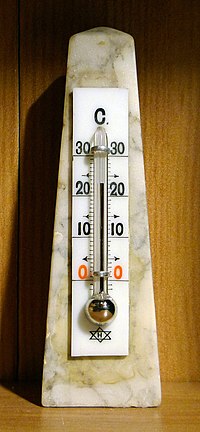
Photo from wikipedia
Conventional co-precipitation combined with a urea-assisted low-temperature (90 °C) hydrothermal procedure (CZU) and the same method without urea (CZ) were used to prepare material CeO2–ZrO2–La2O3–Nd2O3. X-ray diffraction, Raman, nitrogen adsorption–desorption, transmission… Click to show full abstract
Conventional co-precipitation combined with a urea-assisted low-temperature (90 °C) hydrothermal procedure (CZU) and the same method without urea (CZ) were used to prepare material CeO2–ZrO2–La2O3–Nd2O3. X-ray diffraction, Raman, nitrogen adsorption–desorption, transmission electron microscope, hydrogen-temperature programmed reduction (H2-TPR) and X-ray photoelectron spectroscopy were employed to study the structural, textural, reduction behavior and surface elemental composition of the materials. The results reveal that, compared to CZ, CZU exhibits more outstanding structural property, higher thermal stability and higher low-temperature reducibility. The results also show that the stability of the reduction behavior is closely related to its surface chemical properties, especially the variation of the surface atomic ratio of Ce/Zr and the surface oxygen species. The possible mechanism of urea was also discussed in this study. In addition, with regard to corresponding Pd-only three-way catalysts, remarkably boosted catalytic performance of Pd/CZU is also obtained than that of Pd/CZ, and which suggests that CZU holds better prospective applications.
Journal Title: Journal of Materials Science
Year Published: 2017
Link to full text (if available)
Share on Social Media: Sign Up to like & get
recommendations!